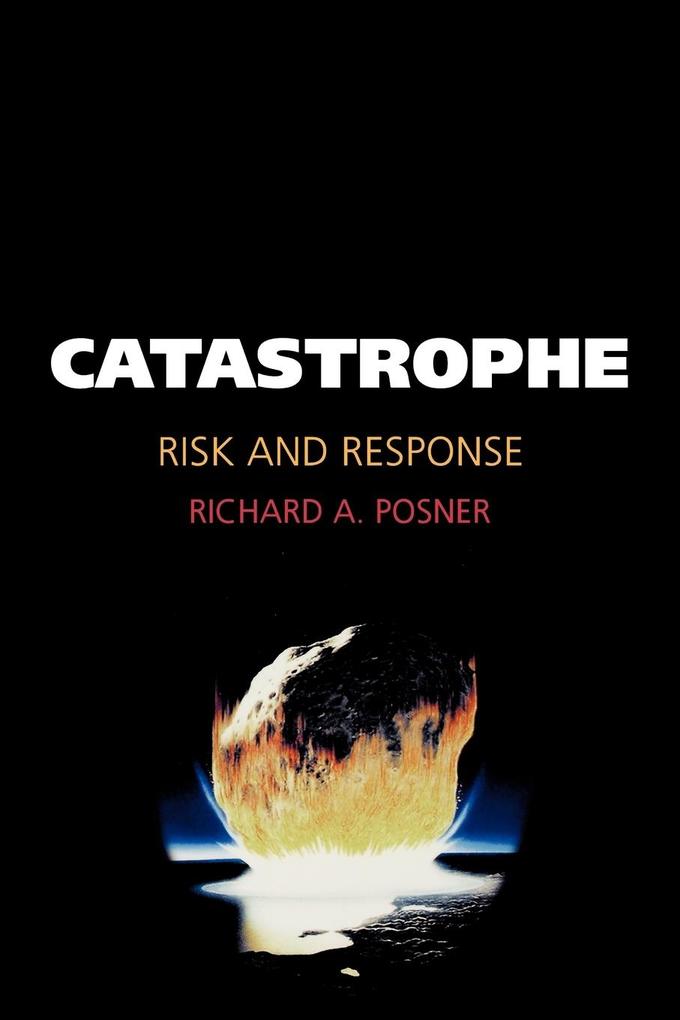How should we respond to events that, for a variety of psychological and cultural reasons, we find it hard to wrap our minds around? Posner argues that realism about science and scientists, innovative applications of cost-benefit analysis, a scientifically literate legal profession, unprecedented international cooperation, and a pragmatic attitude toward civil liberties are among the keys to coping effectively with the catastrophic risks.
In this shocking work, Posner reveals to an unsuspecting public that catastrophic risks are much greater than is commonly appreciated.
Inhaltsverzeichnis
- Introduction
- What is catastrophe?
- The organization of this book
- Some useful disctinctions
- 1. What are the catastrohpic risks, and how catastrophic are they?
- Natural catastrophes
- Scientific accidents
- Other unintended man-made catastrophes
- Intentional catastrophes
- Catastrophic synergies and lesser-included catastrophes
- 2. Why so little is being done about the catastrophic risks
- Cultural factors
- Psychological factors
- Economic factors
- 3. How to evaluate the catastrophic risks and the possible responses to them
- The difference cost-benefit analysis can make: the case of RHIC
- A modest version of the precautionary principle
- Discounting to present value
- Taxes, subsidies, and options: the case of global warming
- Valuing human lives
- Risk versus uncertainty
- Coping with uncertainty
- Politics, expertise, and neutrality: RHIC revisited
- Summary
- 4. How to reduce the catastrophic risks
- Institutional reforms
- Fiscal tools: a recap
- Some hypothetical regulatory policies
- Conclusion
- Notes
- Index













